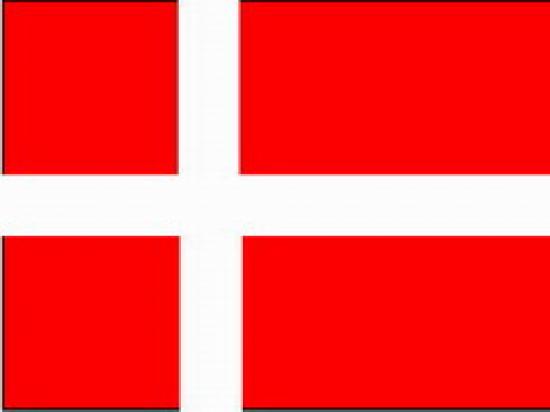EC: Using science for disaster risk reduction
The third UN World Conference on Disaster Risk Reduction kicked off in Sendai, Japan, on 14 March. Several thousand participants are attending the four-day conference where also JRC Director-General, Vladimir Šucha, is presenting the role and potential of science and technology in disaster risk reduction and the future JRC knowledge centre for disaster risk management. Speaking at the conference on Sunday, the JRC Director-General stated that 'The post-2015 UN framework for disaster risk reduction is closely linked to the post-2015 agendas for sustainable development and climate change. The JRC aims to provide coherent scientific support in these three areas and has already been contributing to building a sound knowledge base relevant to disaster risk management. In collaboration with other Commission services, the JRC intends to create a knowledge centre for disaster risk management to further enhance and exploit the evidence base in this area.'






